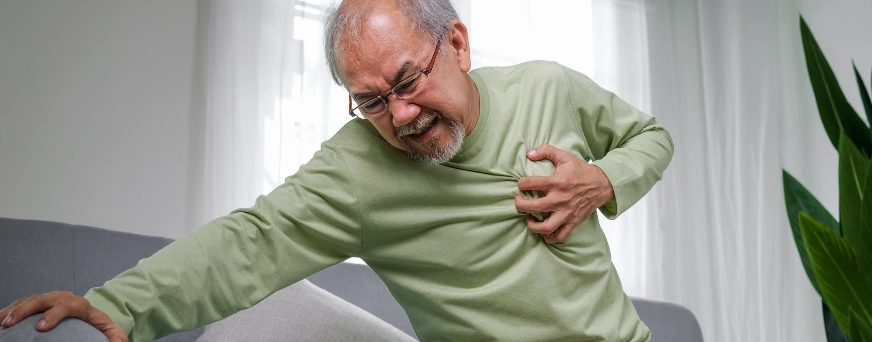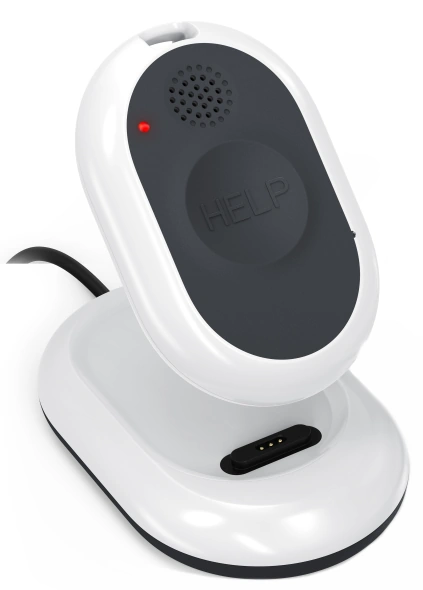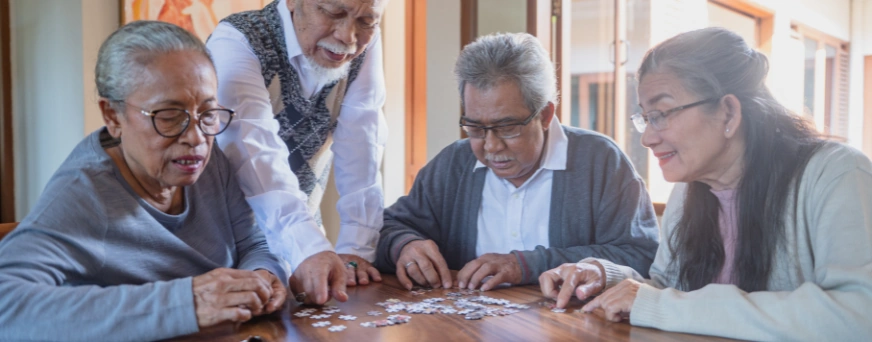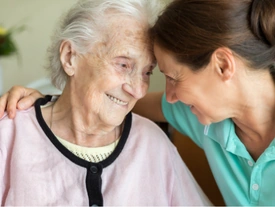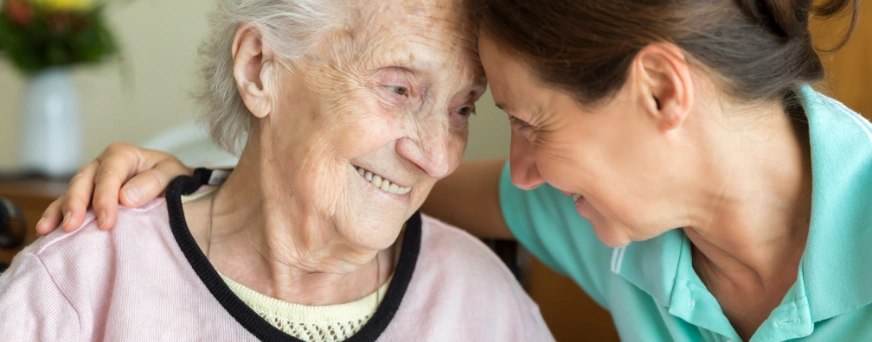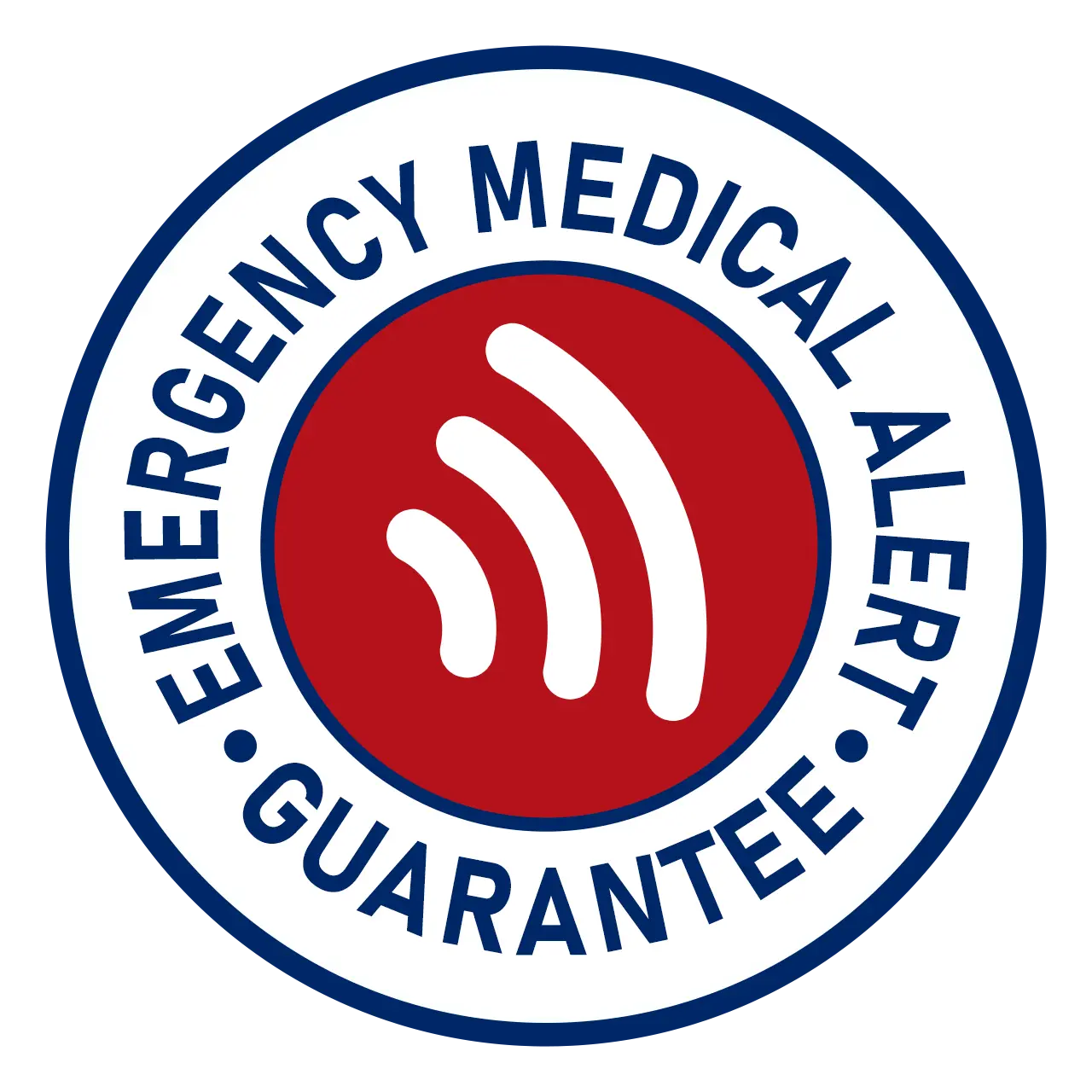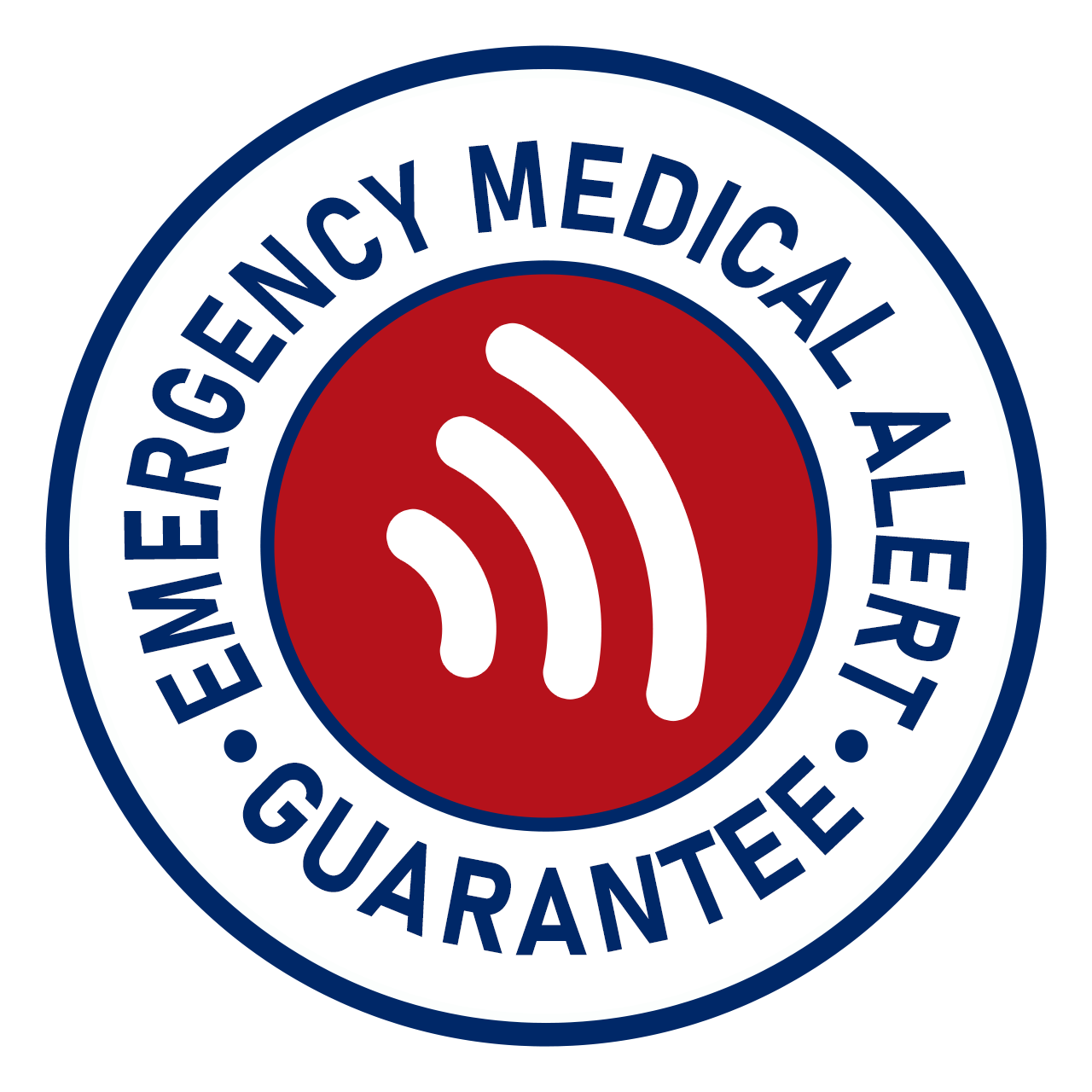Emergency Heart Attack Treatment Steps That Save Lives
Key Takeaway
A heart attack requires fast action. Call 911 immediately, take aspirin if safe, stay calm, and be ready to use CPR or an AED if the person becomes unresponsive. Early treatment restores blood flow and protects heart muscle, making quick recognition and rapid emergency care the most important steps for saving a life.
Heart attack is something that you may think will never happen to you, but this isn’t something that you would know or is in your hands.
However, when it does, every second counts, in those vital moments, the heart attack treatment should begin right at the moment when you realize the danger. But, at first, you must remain calm and act quickly.
In this article, we will discuss the straightforward, life-saving instructions to help prepare you to save yourself or someone you love facing a heart attack.
Early Warning Signs Of A Cardiac Attack
You may feel the pressure, a burning sensation, or a squeezing in the center or left side of your chest. The pain and pressure stay, and if it does not go away after a few minutes and you feel pain in your arms, jaw, neck, back, or stomach, you need to hurry.
If you feel nauseous or suffer sudden indigestion along with light-headedness or faintness, which even makes your standing hard, these are the warning signs that you should check on.
Women often notice subtle clues. Days prior to the attack, you may experience severe fatigue. The pain can more commonly be in the upper back or jaw instead of the chest. Shortness of breath or nausea can also be observed at times.
These are enough signs that you must not ignore them, so you should go check with a heart specialist even after the occurrence of the simplest symptoms or discomfort.
If you have diabetes, you may experience pain along with weakness or lightheadedness. Meanwhile, your symptoms might be mistaken for heartburn or any other common ailment that is prevalent among older people. However, these must be watched carefully.
Heart Attack Treatment Steps That Can Save Your Life

Here are some cardiac attack treatment steps that can be helpful in the time of need:
Call 911 Immediately
As soon as you suspect a cardiac attack, dial 911. Do not drive yourself. Don’t wait to ‘‘see if it gets better.” There are medics who deliver mobile heart attack care to your doorstep, they reach you as fast as possible and hook you up to oxygen, monitor your rhythm and call ahead to the hospital while on the way.
Remember, early care helps more heart muscles survive and thus lessen the risk of collapse to prevent mishaps.
State your address first. Tell the receiver your age, main symptoms, and if you have any heart history or medication. Remain on the line until you are instructed to hang up. However, you should sit or lie down in a comfortable position at first.
Loosen tight clothing, unbolt the front door so that the medics can rush in. On the other hand, ask a nearby person to collect your ID, list of medications and insurance card. Keep in mind that every detail saves minutes.
Administer Aspirin And Help The Patient Stay Calm
Wait for EMS (Emergency Medical Services) and chew an aspirin tablet unless you are allergic to it or have a bleeding disorder. Chewing works faster than swallowing whole.
The aspirin makes your blood thinner, which breaks up the clot, obstructing your coronary artery and saves more heart tissue.
Sit with your back straight, knees flexed, and feet on the ground. This position relieves cardiac workloads and makes breathing easier.
Concentrate on slow, steady breaths through the nose and soft exhalations through the mouth. Each relaxing breath decreases anxiety and maintains oxygen supplies.
Say comforting words to yourself or the person in distress. A calm voice quiets adrenaline bursts and keeps them from panicking further. Encourage someone nearby to minimize noise, turn bright lights down, and keep people away.
Small comforts are important, avoid anything that spikes up your blood pressure and heart rates. Monitor for changes. If consciousness fades or breathing fails, proceed immediately to CPR or an AED immediately and get yourself treated.
Use CPR Or An AED If The Person Becomes Unconscious
In the case where the victim is unresponsive and not breathing or has no pulse, begin CPR right away. Rush for help, then push hard and fast in the middle of the chest, at least two inches deep, at a rate of 100 to 120 compressions per minute.
Allow the chest to fully recoil in between compressions. If you are trained to do so, provide 30 chest compressions, followed by two rescue breaths. If not, hand compression and CPR remain the most effective.
If an AED (automated external defibrillator) is available, turn it on and follow the voice prompts. Expose the chest and place the pads as indicated on the device.
Make sure no one is touching the person when the AED delivers a shock while it analyzes the heart rhythm. When a shock is recommended, remove people from the area and press the shock button.
Keep performing the CPR procedure until emergency responders arrive or the person begins to show signs of life, such as breathing, coughing, or movement.
What Happens Upon Arrival At The Hospital?

Get to the hospital as fast as possible and let the team of specialists jump in right away. They will conduct an ECG (electrocardiogram) to see how your heart is beating and what kind of heart attack it is. Blood tests will then be taken to look for heart muscle damage.
You might be given oxygen and other medications to ease pain and to thin out the blood. Doctors will immediately begin administering clot-busting medications known as thrombolytics so that the heart checkup could be done in a better way.
In many cases, you’ll undergo a procedure called angioplasty. Here, a skinny tube with a balloon at the end is threaded to your clogged coronary artery. If you inflate the balloon, it smashes the plaque to the side and opens the artery, restoring blood flow.
These treatments are most effective when performed promptly to avoid damaging the heart. You are kept under the close watch of the hospital team so that they can react on time if the situation gets worse.
Conclusion
You are in control of saving a life during a heart attack; it does not matter if it's yours or someone else's. Be aware of the signs, dial 911, and do these steps methodically and assertively without even wasting a second.

